
Highlights
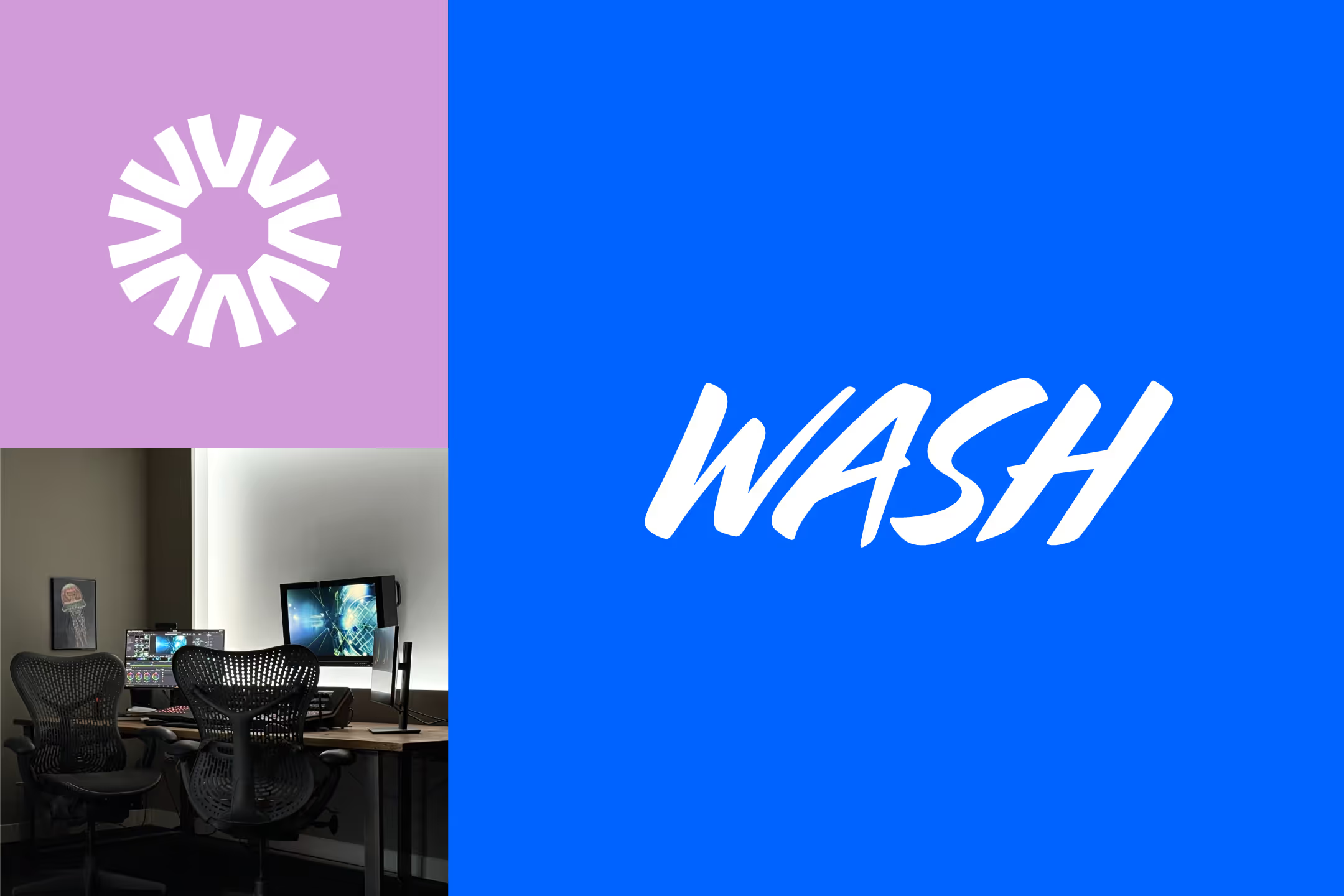
Wash - A quest for pixel-perfect post-production
Wash is an independent post-production company based in London, specialising in colour grading and VFX for commercials, music videos, and feature films. They’ve worked with some of the world’s most recognisable brands, including Bentley, Samsung, and Adidas.
Founded by Jon Dobson in 2016, Wash quickly carved out a name for itself as a boutique, cutting-edge studio delivering high-end post production. They pride themselves on delivering and building long-term relationships, and always going the extra mile.
In 2024, the business expanded their services to 3D animation, TV title sequences, and special FX compositing. As the client base and file sizes grew, Jon and the team needed infrastructure that could scale with their ambitions - supporting globally distributed artists without compromising quality.

Future-proofing post-production with a 25Gbps connection
Their previous connection was fine, but fine isn’t what Wash is built on. As the business scaled, so did the frustration with a provider that didn’t check-in, didn’t understand their industry, and didn’t offer the service Wash needed.
.avif)
Where Vorboss made the impact
A global studio demands global performance
With artists from Turkey, India, and beyond collaborating remotely with the London HQ, seamless connectivity isn't just important, it's essential. The Vorboss network delivers exactly that, with near-instant responsiveness and ultra-low latency. So, whether it's a director in LA or a designer in Istanbul, everyone sees what’s happening in real time - no stutter, no delays, no surprises.
100Gbps-ready infrastructure
As 8K video becomes the new ‘normal’ and file sizes grow, Wash upgraded from a 10Gbps to 25Gbps Direct Internet line - future-proofing their workflow and improving transfer speeds, stability, and efficiency. Plus, if/when the time comes, they can increase their bandwidth in days, not months.
Secure, stable remote access
From unreleased campaigns to confidential TV productions, security is non-negotiable. With artists logging in from all over the world, the Wash team needs to know who’s connected and from where. Their Vorboss connection gives them the speed and stability needed to support the tools that keep everything secure and running smoothly.
What stood out for Wash
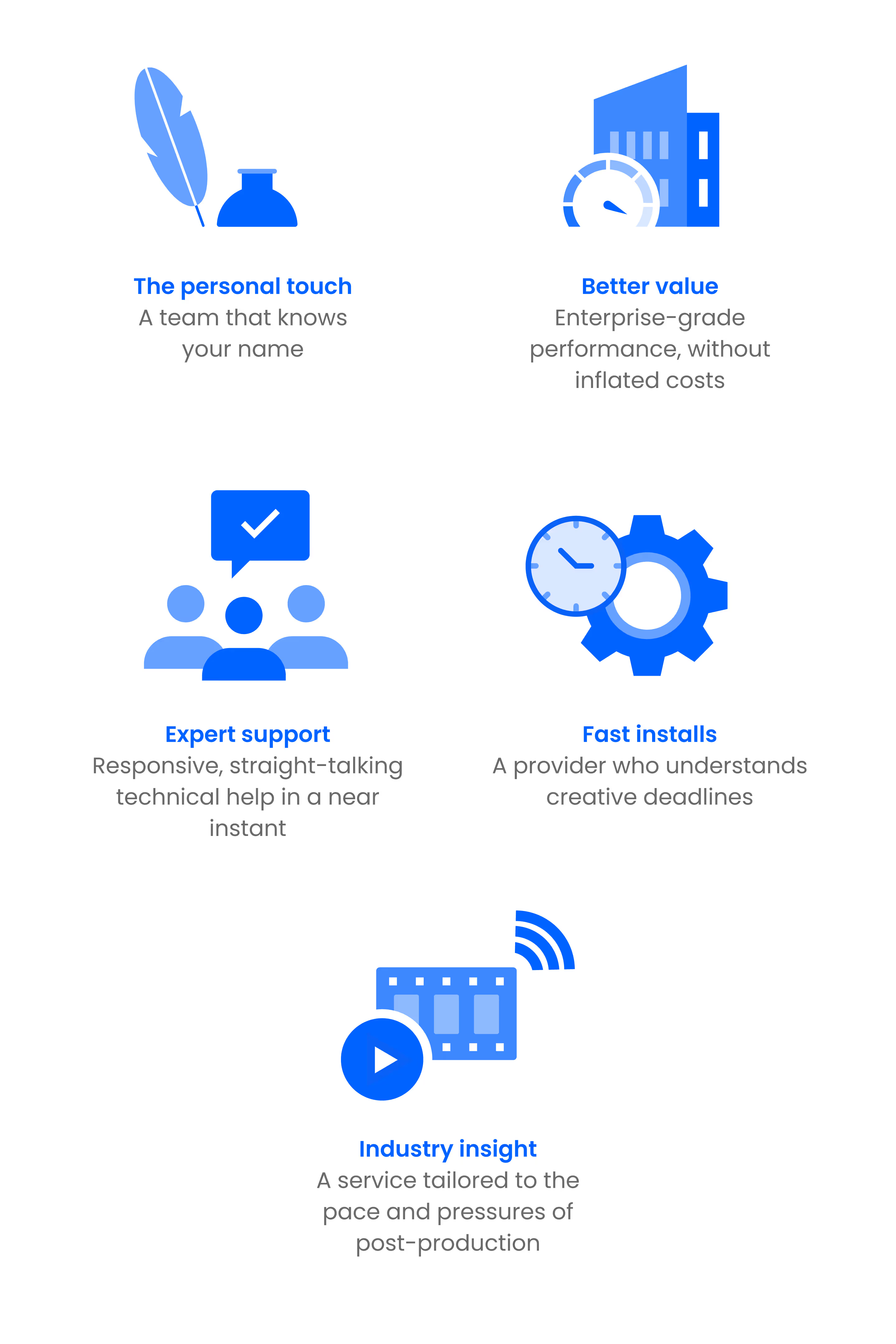
Future-proofed connectivity
As Wash’s profile continues to rise, so does their demand for high-performance connectivity. With a 25Gbps line already powering their work, they’re not just keeping up, they’re leading the charge. Ready to scale up to 100Gbps with ease when the time comes, Wash are fully equipped to keep delivering world-class storytelling and visuals, without compromise.
Tell us about yourself so we can serve you best.
Got a question?
More articles
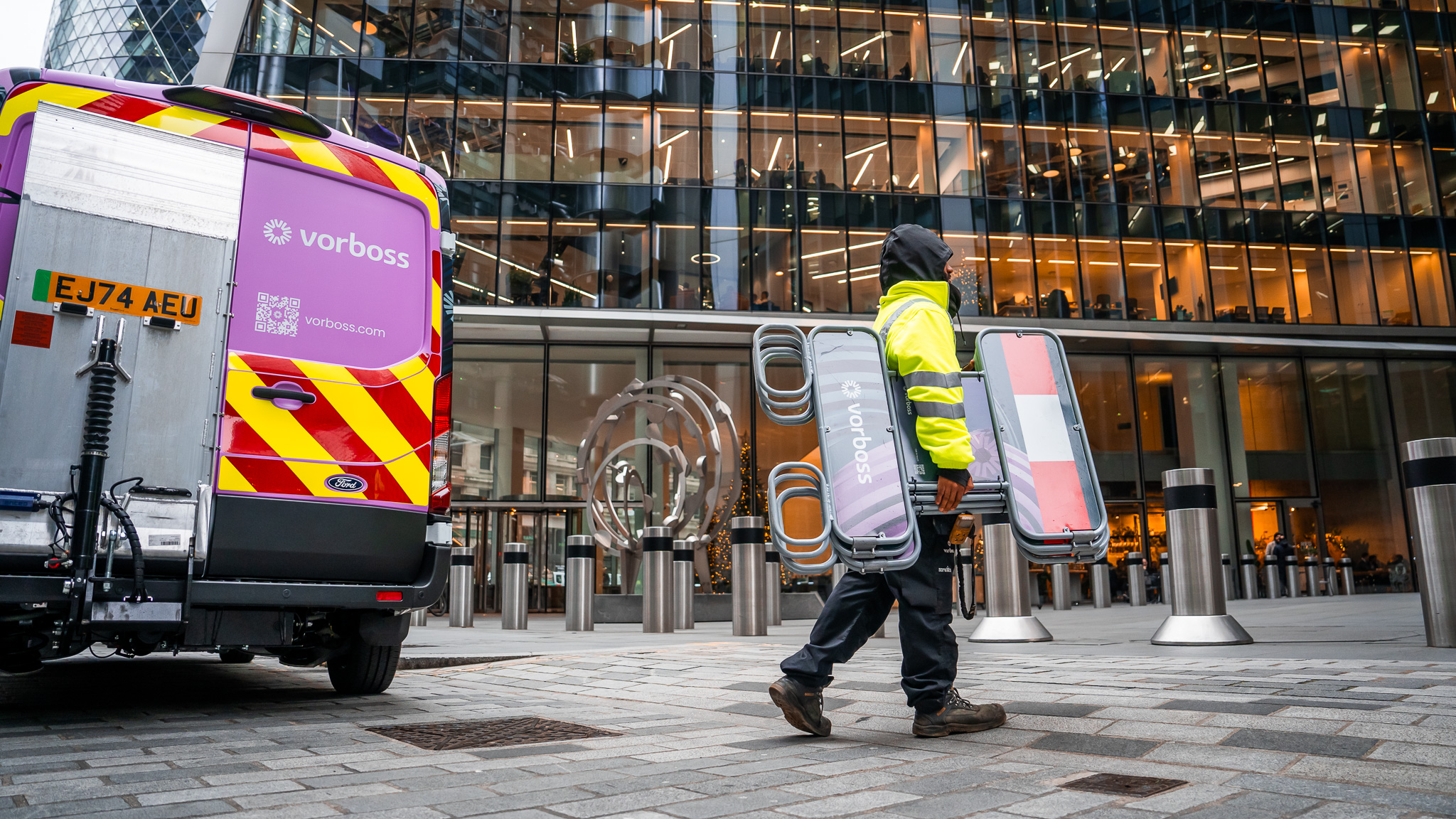
For many landlords and building managers, the word “wayleave” feels like the responsible route whenever a fibre circuit is being installed on their property. It sounds formal and safe – a neat legal box to tick.
In many cases, however, a wayleave adds unnecessary complexity and delays, frustrates tenants, and can expose landlords to long-term legal risks.
At Vorboss, we’ve connected thousands of office spaces across London without a wayleave, keeping landlords in full control and getting tenants online faster.
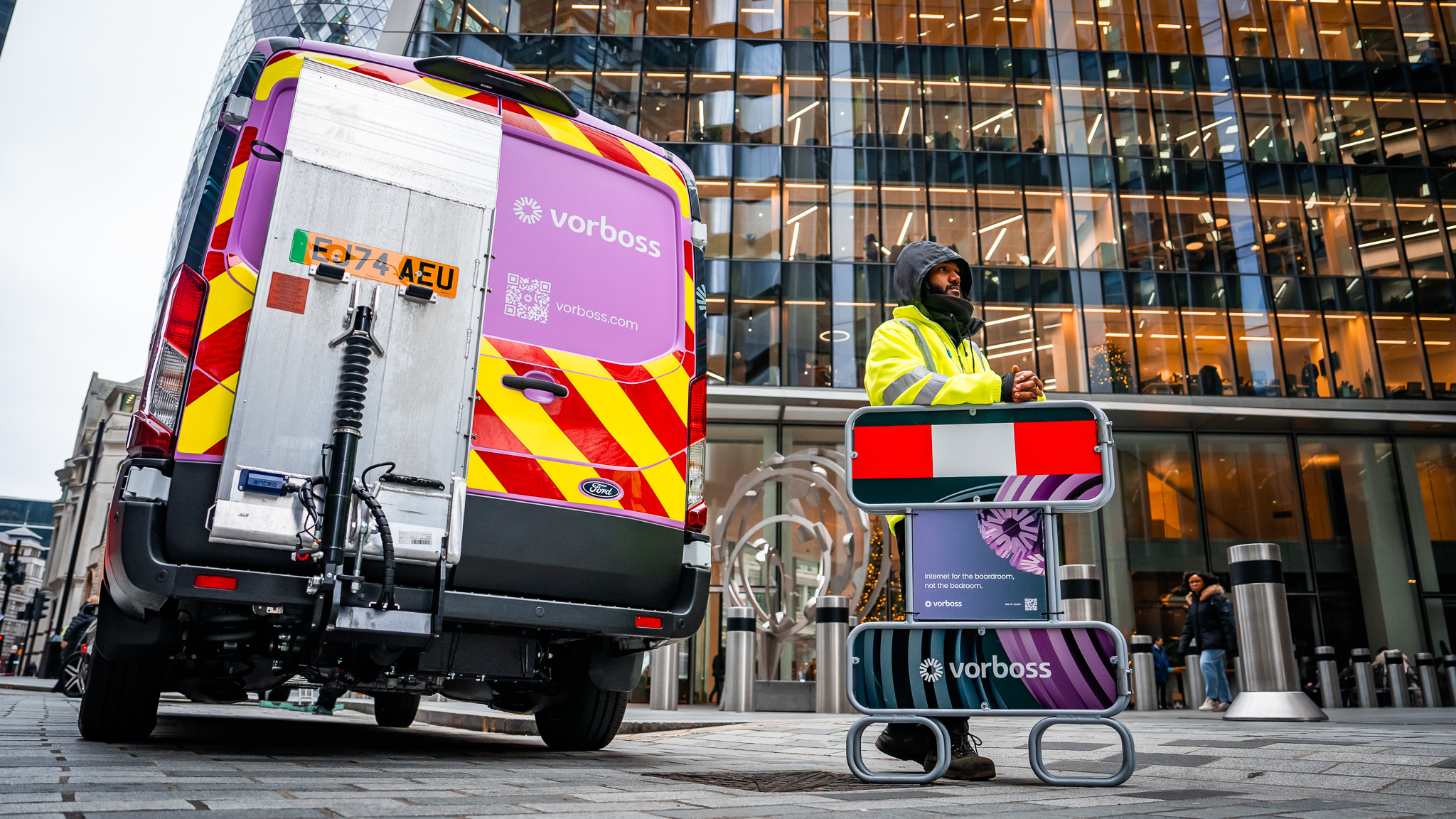
What is a wayleave?
A wayleave is a written agreement between a landowner and a telecoms operator. It gives the operator permission to install and keep equipment on private property.
What many people don’t realise is that signing a wayleave also activates “Code rights” under the Electronic Communications Code. These rights go beyond simple permission, they give the operator legal powers to stay on the property indefinitely, access it when needed, and even refuse removal of their equipment in certain situations.
For a typical connection into a commercial building in London, a wayleave can make the fibre installation process slower, more expensive, and limit the landlord’s flexibility long term.
Why a wayleave isn’t required for standard in-building fibre connections
For a standard in-building fibre connection serving a tenant, a wayleave isn’t a legal requirement. Important protections, like building access, fire safety, repairing any damage, and removing equipment, are already covered by the tenant’s lease and usual building rules.
If no wayleave is signed, no Code rights are triggered, meaning the landlord retains full control and the installation exists under a simple, fully revocable licence.
In practice, this gives landlords far more protection and flexibility:
- No legal lock-in – the telecoms operator has no long-term rights to stay or refuse removal.
- Landlords keep full control – equipment can be moved or removed when the building changes.
- Faster fibre installation – no time lost in drafting contracts or solicitor reviews.
- Happier tenants – connections go live quicker; tenants get to move in faster.
By contrast, signing a wayleave and granting Code rights introduces a complex and expensive legal process for any fibre removal or relocation. This can take at least 18 months, plus potential court or tribunal proceedings, making it slower, and far less flexible for the landlord.

Public services across central London are evolving, and the City of London Corporation is leading the way.
Whether you work, live or study in the Square Mile, you’ll soon feel the difference that faster, more dependable connectivity brings.
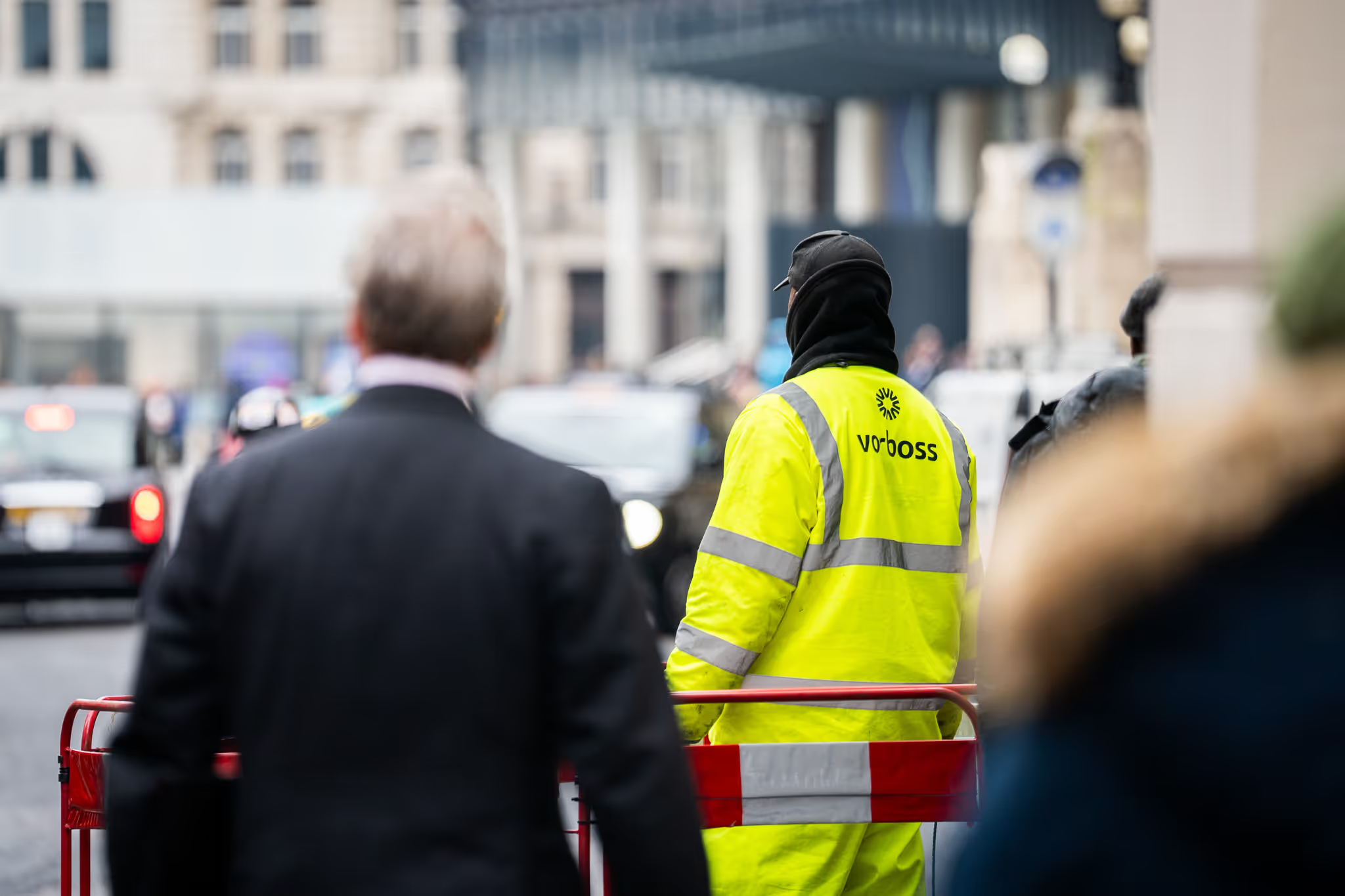
What is the Future Network Programme?
The City of London Corporation is rolling out the Future Network Programme, a major project to modernise its entire digital infrastructure and bring everything under one unified network.
From offices and schools to iconic green spaces like Hampstead Heath, cultural destinations like the Barbican, and historic markets such as Leadenhall and Old Spitalfields, this upgrade will mean more reliable connectivity across the City’s buildings and public spaces.
It also extends to essential services, including critical sites run by the City of London Police. This enhanced connectivity will support everything from secure communication systems to faster, more resilient networks for emergency operations.
Leading this transformation is Roc Technologies, supported by Juniper Networks and Palo Alto Networks; all powered by the Vorboss fibre network. Together, we’re bringing the City onto a modern digital foundation that’s ready to support its future.
Who the Future Network Programme benefits and how?
The programme is designed for everyone who depends on public services in the Square Mile:
- Students in City-run schools will have fast, reliable connectivity to fully access digital learning tools.
- Public-sector teams will experience smoother hybrid working, better access to online platforms, and more efficient collaboration across locations.
- Residents and visitors will see improvements in public Wi-Fi, digital services, and online access in libraries, community hubs, and other shared spaces.
- The City of London Police will gain a more secure, faster and resilient network that enhances CCTV reliability and enables more effective frontline operations.

.avif)

.avif)

